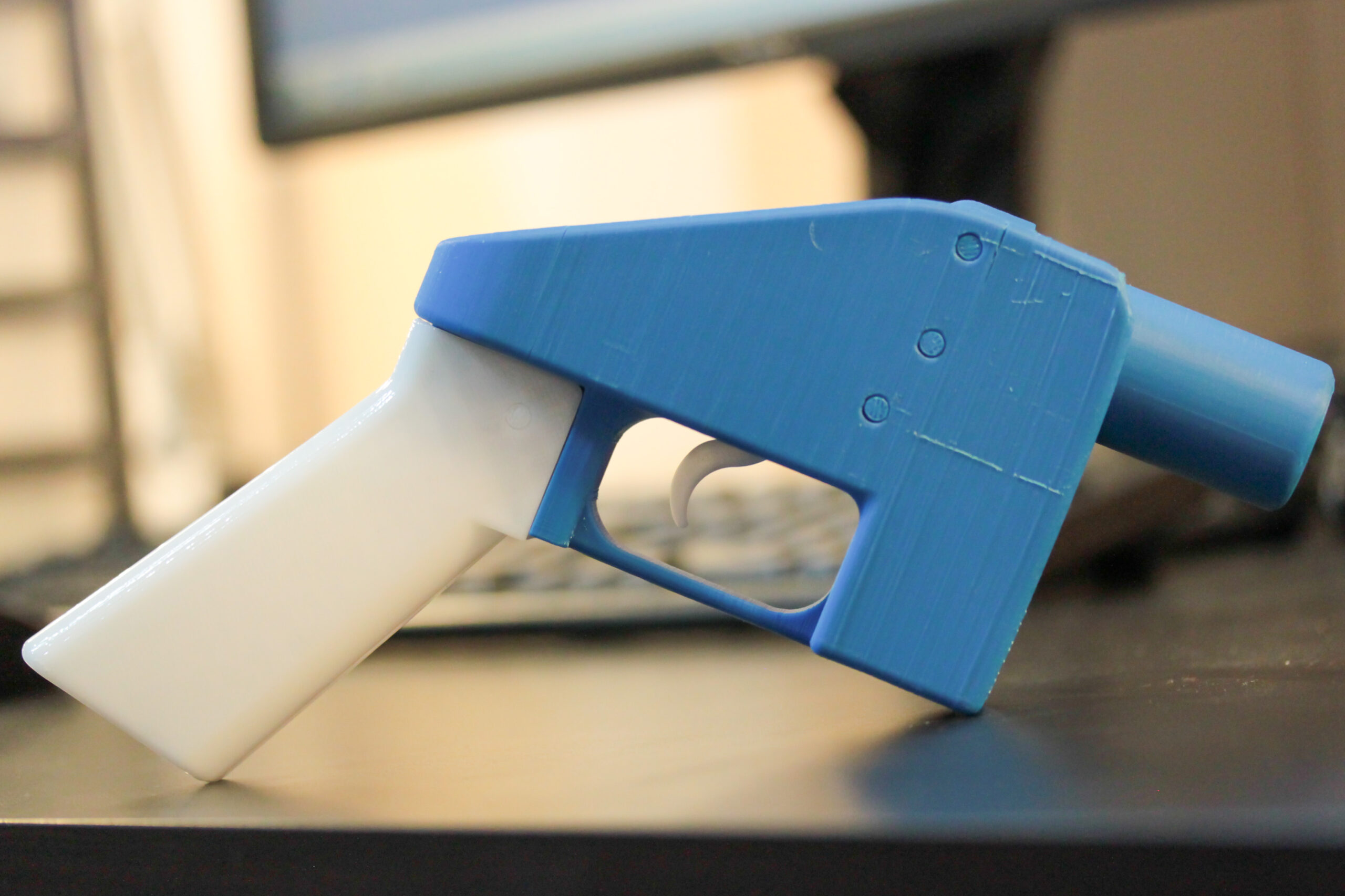Late yesterday, U.S. District Court Judge Robert Lasnik issued a temporary restraining order (TRO) blocking the release of design files for 3D-printed guns. The order comes in response to a lawsuit filed by a number of state attorneys general who claim that the Trump administration acted unlawfully in reaching a settlement in a lawsuit brought by Defense Distributed, a company that produces digital blueprints for 3D-printed guns, and the Second Amendment Foundation. Judge Lasnik found that states were likely to suffer irreparable harm—the standard for a TRO—if the digital blueprints became distributable via a website, and he felt that the situation was such an emergency that the order was issued within a day of when the suit was filed.
This is a deeply silly order. People have been making guns out of various objects for centuries. Watch this video of someone making a shotgun out of two pieces of commonly available tubing.
Zip guns like those have been used for centuries. They’re easy to make and easy to learn how to make. And, as long as you follow certain guidelines (such as not making a machine gun), such guns are perfectly legal to make. As the ATF website says: “No, a license is not required to make a firearm solely for personal use.”
Moreover, distributing plans for zip guns is a form of speech protected by the First Amendment, as it should be. Here’s a website telling you how to make one, and here’s a YouTube video telling you how to make one in less than two minutes. Judge Lasnik’s TRO is the equivalent of shutting down those websites and videos because telling people how to make zip guns creates an “irreparable harm.”
3D-printed guns are little better than those zip guns. The Libertor is a one-shot pistol that, if it works, fires a low-powered bullet with an effective range of maybe 20 feet. More often, it might just explode in your hand. As one commentator writes,
The Liberator’s bullet emerges going very slowly and wobbling or tumbling due to lack of spin. It might go almost anywhere, though not very far, and is unlikely to do much damage to anything it manages to hit. It’s a bit better than holding up a cartridge in a pair of pliers and banging the cap with a centrepunch or similar, but not much.
The Songbird is another design that works slightly better, but still wouldn’t be your first choice for doing anything except demonstrating to your friends that you built a gun that doesn’t blow up in your hand.
These guns are little better than a musket or a muzzle-loading flintlock pistol, which anyone can purchase without a background check. Yes, that’s right, criminals all over the country can purchase something like this replica English Civil War cavalry pistol and wreak havoc. Sure, they’ll need to get some black powder, some wadding, and some musket balls, but those are widely available, especially in the internet age. Or, if they want more than one shot, they can purchase this 1860 model Colt revolver replica, also without a background check, which would certainly be good enough to rob a store. So why aren’t people constantly robbing stores with the guns of Jesse James or Captain Jack Sparrow? Because it would be stupid and more expensive than purchasing this professionally manufactured Hi-Point 916 for $149.00. And if someone is prohibited from purchasing a gun from a licensed dealer, perhaps because they’re a convicted felon, they can acquire a gun in the myriad ways criminals acquire guns. No street-level gun dealer is waiting for the TRO to be lifted so he can start flooding the streets with in-demand single-shot plastic pistols. The concept is too silly to contemplate.
The idea that allowing websites to distribute digital blueprints for 3D-printed guns creates “irreparable harm” to the states is as silly as saying allowing people to distribute plans for zip guns does “irreparable harm.” The fear created by the phrase “3D-printed guns” should not be allowed to override common sense.
—
This article republished with permission from the Cato Institute.
[Image Credit: Flickr-U-nine-eight Last CC BY-SA 2.0]
















Leave a Comment
Your email address will not be published. Required fields are marked with *